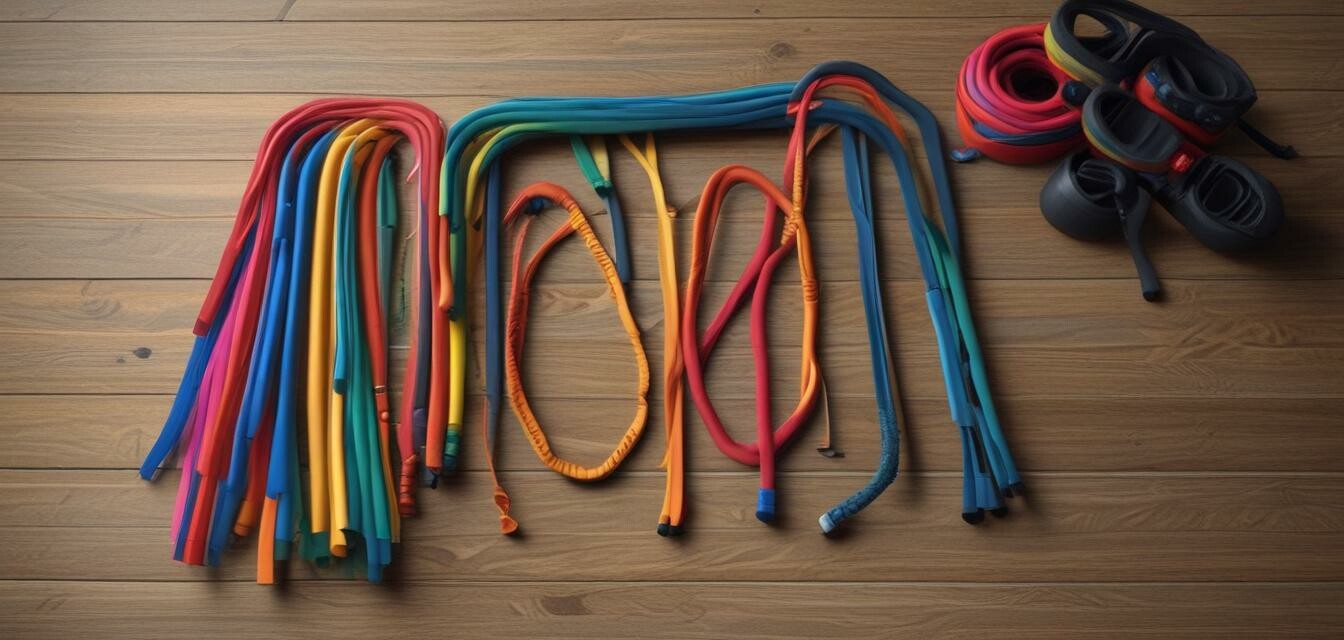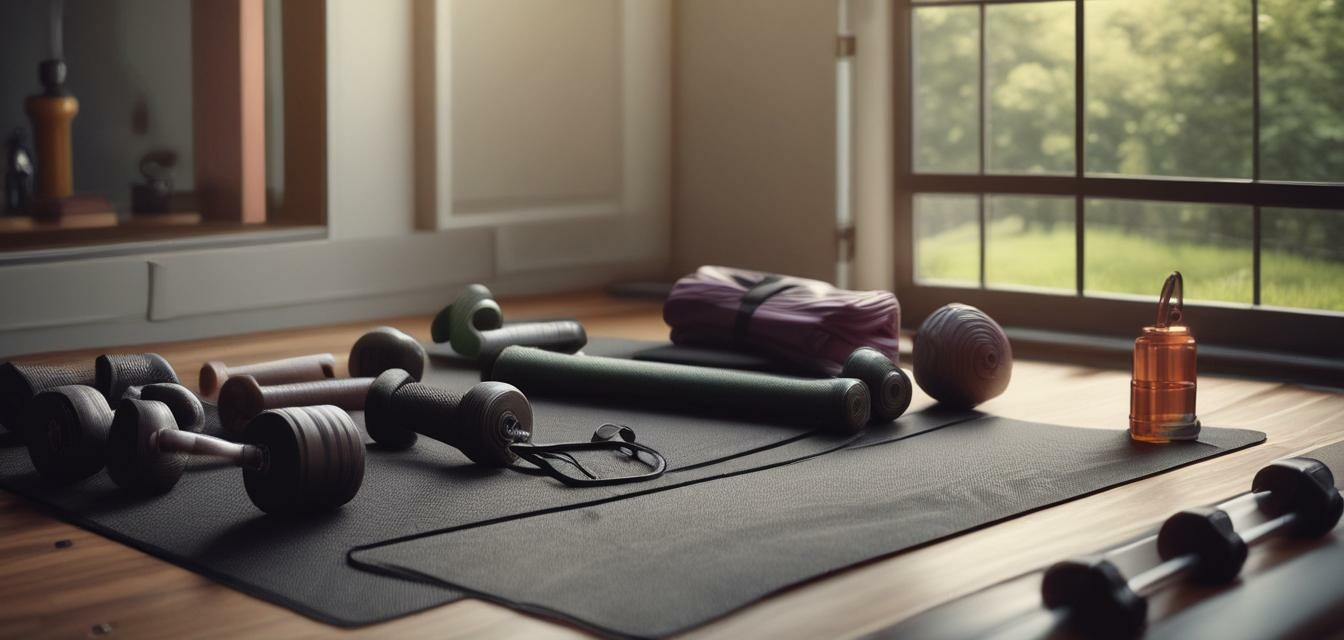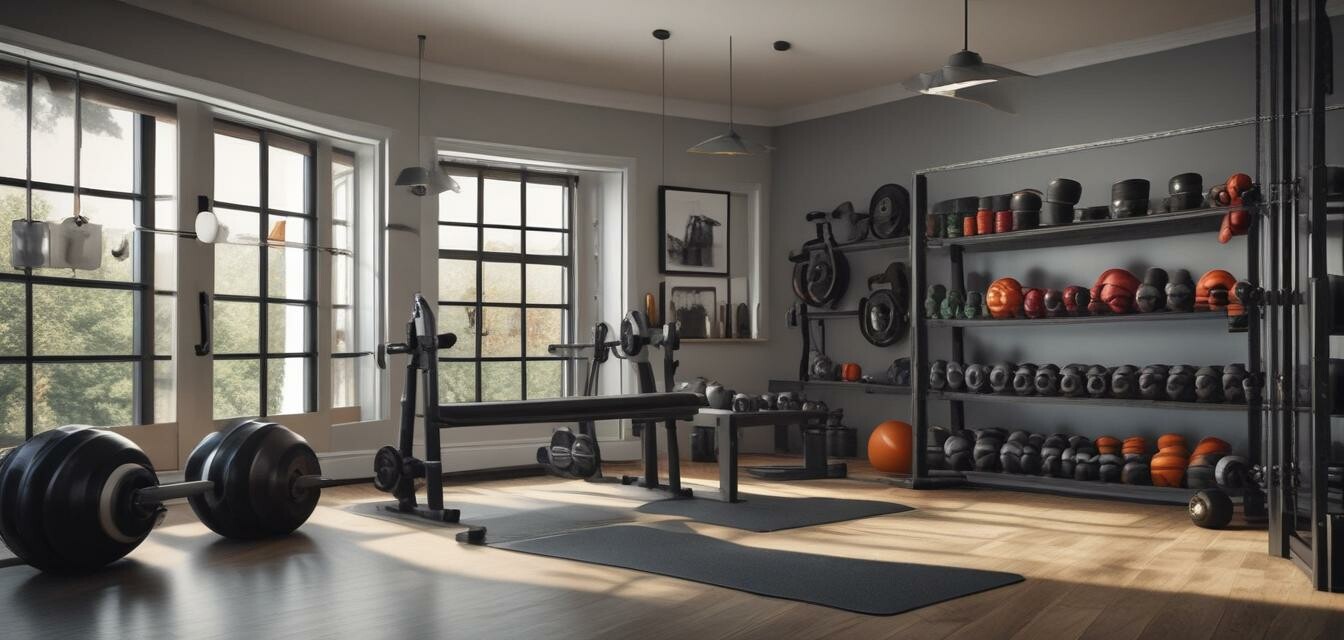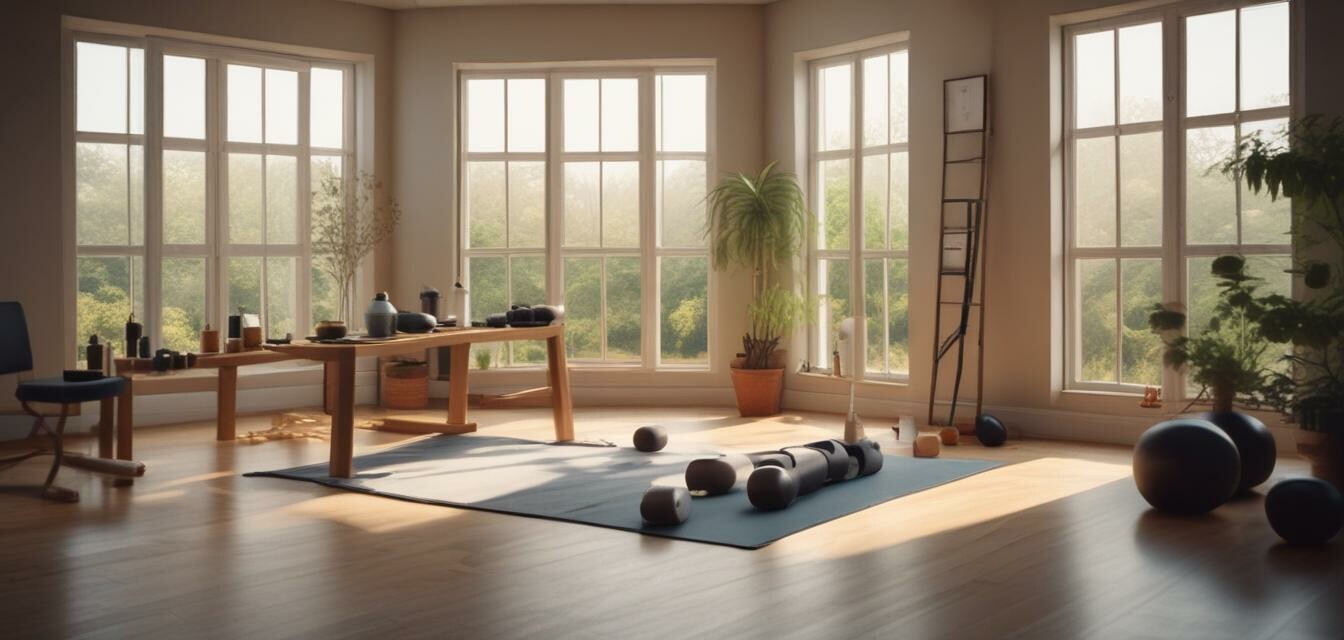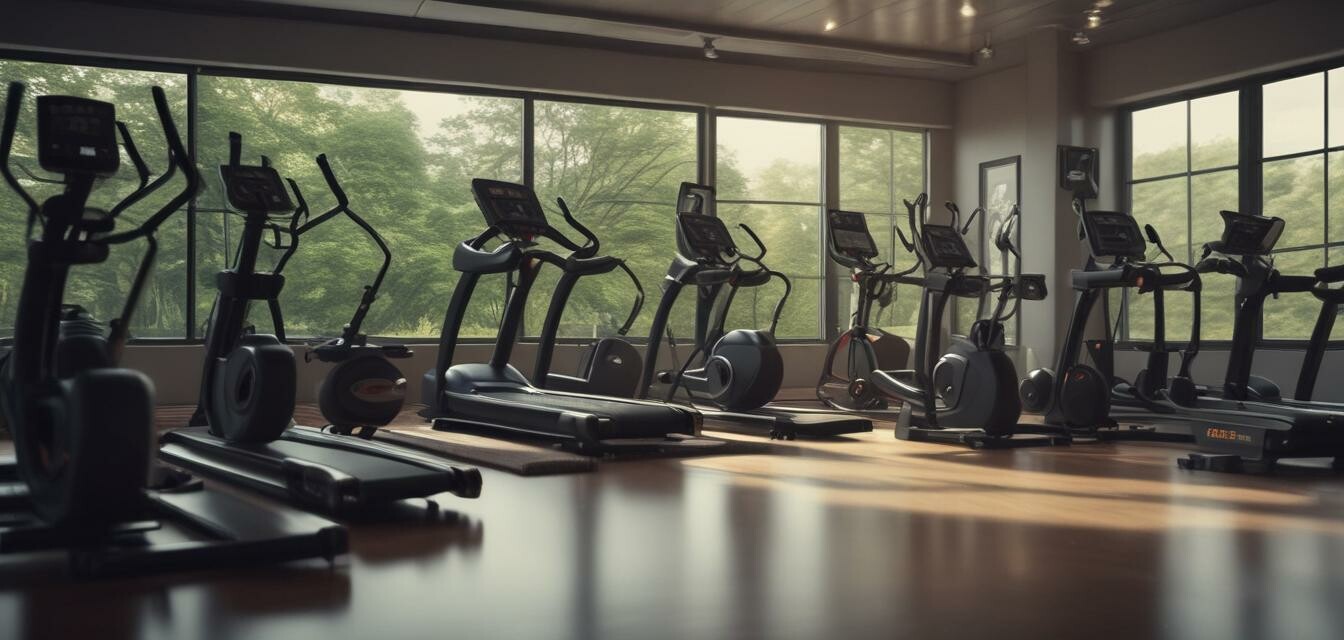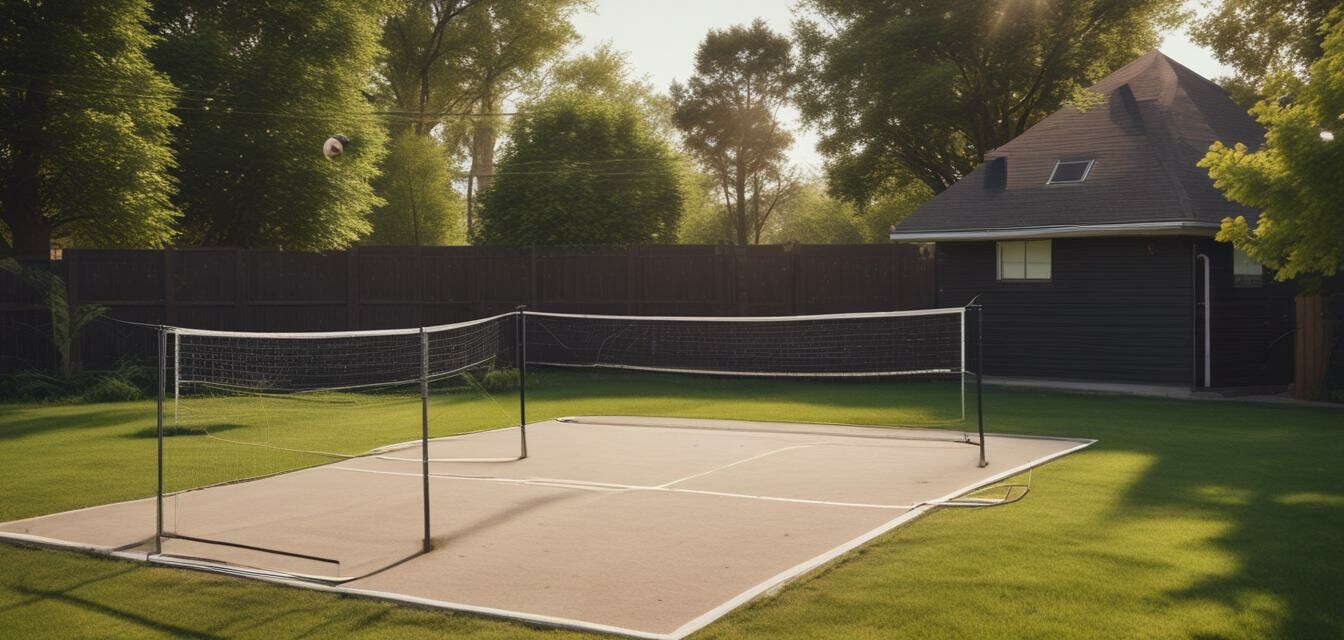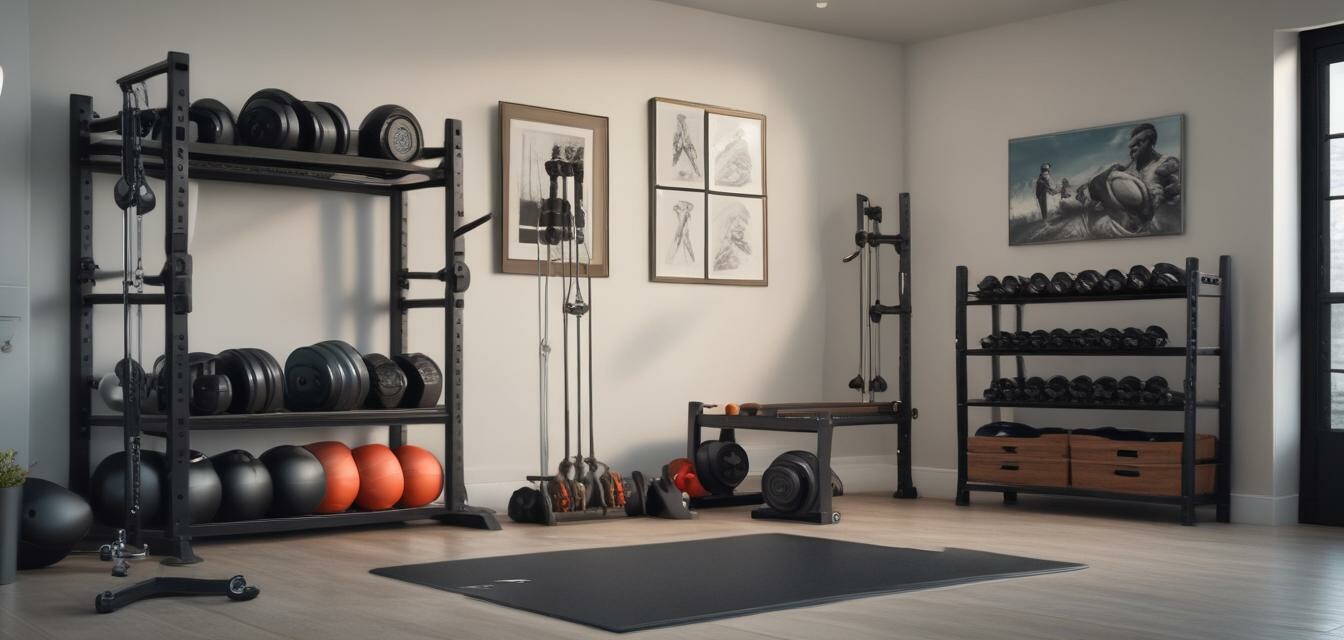
Home Gym Essentials
Key Takeaways
- Creating a home gym requires a balance of cardio, strength training, and flexibility equipment.
- Prioritize versatile equipment that can be used for multiple exercises.
- Consider the available space and budget before purchasing equipment.
- Accessories like mats and resistance bands can enhance workouts without taking up much space.
- Regular maintenance of equipment ensures longevity and safety.
Setting up a home gym can be an exciting and rewarding venture. Whether you are looking to lose weight, build muscle, or maintain a healthy lifestyle, having the right equipment can make all the difference. In this article, we’ll cover the must-have equipment for creating a versatile home gym that caters to your fitness needs.
Essential Categories of Home Gym Equipment
When planning your home gym, it’s important to consider various categories of equipment. Below are the essential categories that you should focus on:
| Category | Description |
|---|---|
| Cardio Machines | Equipment like treadmills, stationary bikes, and ellipticals for cardiovascular workouts. |
| Strength Training Equipment | Weights, resistance bands, and machines to build muscle strength. |
| Small Exercise Equipment | Compact tools such as dumbbells, kettlebells, and medicine balls for versatile workouts. |
| Yoga and Pilates Gear | Mats, blocks, and bands for flexibility and core strength training. |
| Recovery and Accessories | Foam rollers, massage balls, and other tools for muscle recovery. |
| Outdoor Sports Equipment | Items like jump ropes and resistance bands that can be used outside. |
Cardio Machines
Cardio machines are essential for improving heart health and burning calories. Below are some popular options:
- Treadmills: Great for walking, jogging, or running indoors.
- Stationary Bikes: Ideal for low-impact cardiovascular workouts.
- Rowing Machines: Provides a full-body workout while enhancing cardiovascular fitness.
- Ellipticals: Offers a low-impact alternative to running.
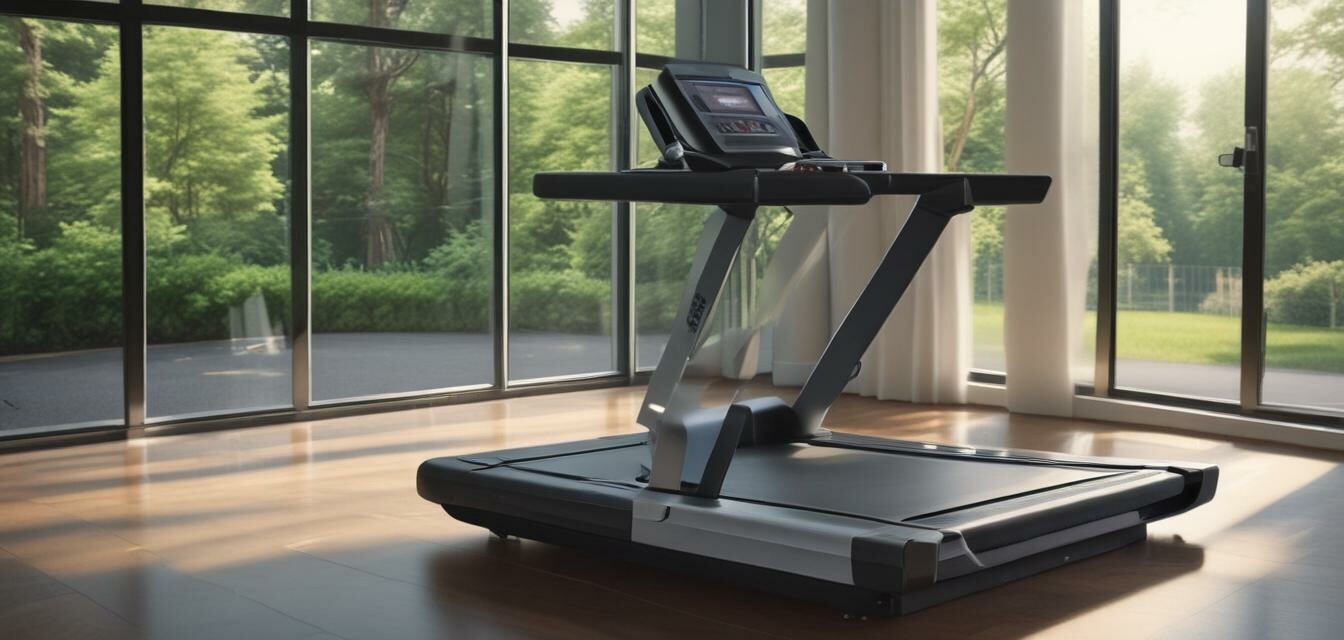
Strength Training Equipment
Strength training is vital for muscle building and overall fitness. Consider the following equipment:
| Equipment | Benefits | Space Required |
|---|---|---|
| Dumbbells | Versatile and can be used for various exercises. | Minimal |
| Kettlebells | Great for dynamic movements and strength endurance. | Minimal |
| Resistance Bands | Portable and can be used for strength and flexibility training. | Minimal |
| Weight Bench | Essential for various lifts and exercises. | Moderate |
Small Exercise Equipment
Small exercise equipment can enhance your workouts without taking up much space:
- Medicine Balls: Excellent for core workouts and functional training.
- Jump Ropes: Great for cardiovascular exercise and coordination.
- Foam Rollers: Used for muscle recovery and flexibility.
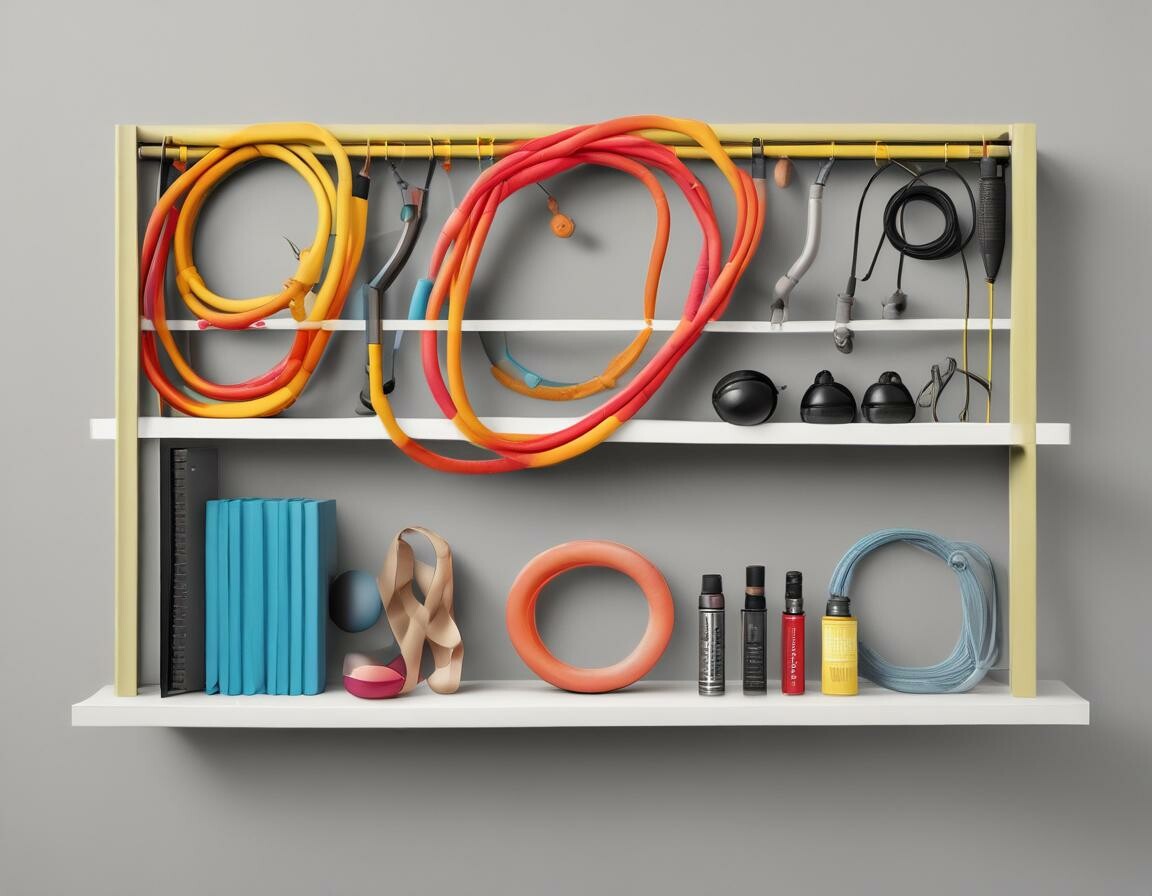
Yoga and Pilates Gear
Yoga and Pilates gear is essential for flexibility and core strength:
- Yoga Mats: Provide cushioning and support during workouts.
- Yoga Blocks: Help improve postures and stability.
- Resistance Bands: Useful for stretching and enhancing strength workouts.
Recovery and Accessories
Recovery tools are vital to prevent injury and ensure muscle health:
- Foam Rollers: Help relieve muscle tension.
- Massage Balls: Target specific muscle groups for recovery.
- Stretching Straps: Assist with deeper stretches.
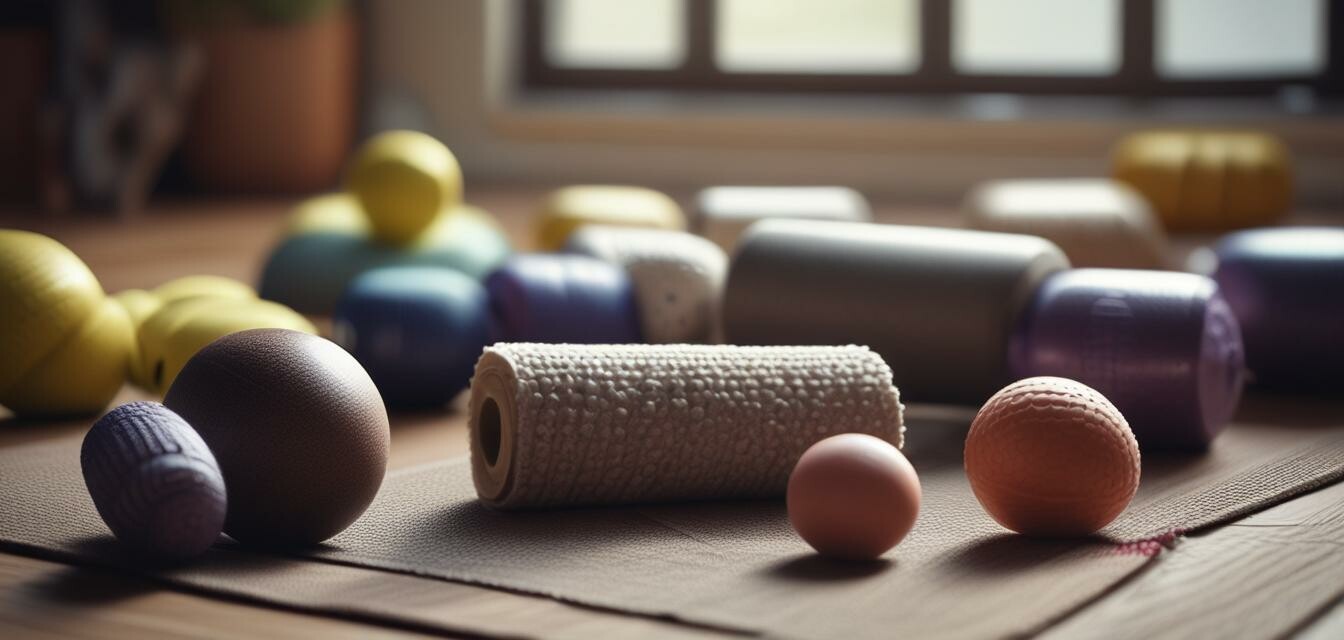
Outdoor Sports Equipment
Incorporating outdoor sports equipment can diversify your workout routine:
- Jump Ropes: Excellent for cardio workouts outside.
- Resistance Bands: Versatile and can be used in various outdoor settings.
- Portable Exercise Mats: Ideal for outdoor stretching and yoga sessions.
Considerations Before Purchasing Equipment
Before investing in home gym equipment, keep the following factors in mind:
- Space: Assess the space available in your home for equipment.
- Budget: Determine how much you are willing to spend on your home gym.
- Versatility: Choose equipment that can be used for multiple exercises.
- Durability: Invest in quality products that will last over time.
Maintaining Your Home Gym Equipment
Regular maintenance of your gym equipment is crucial for safety and longevity:
- Check for wear and tear regularly.
- Clean equipment after use to prevent grime buildup.
- Follow manufacturer guidelines for maintenance.
- Store equipment properly when not in use.
Pros
- Convenience of working out at home.
- Flexibility in choosing workout times.
- Potential cost savings on gym memberships.
- Ability to customize your workout environment.
Cons
- Initial investment costs can be high.
- Limited space can restrict equipment options.
- Motivation may wane without a gym environment.
- Potential for distractions at home.
Tips for Beginners
- Start with basic equipment and gradually expand your collection.
- Set realistic fitness goals to stay motivated.
- Incorporate a variety of exercises to prevent boredom.
- Follow online workout programs for guidance.
- Engage with online fitness communities for support.
Conclusion
Creating a home gym can be an empowering way to take charge of your fitness journey. By focusing on essential equipment and maintaining a routine, you can enjoy the flexibility and convenience of working out at home. Remember to choose equipment that suits your needs and aligns with your fitness goals. Happy training!
For more information on specific categories, check out our pages on Cardio Machines, Strength Training Equipment, Yoga and Pilates Gear, Small Exercise Equipment, and Recovery and Accessories.
